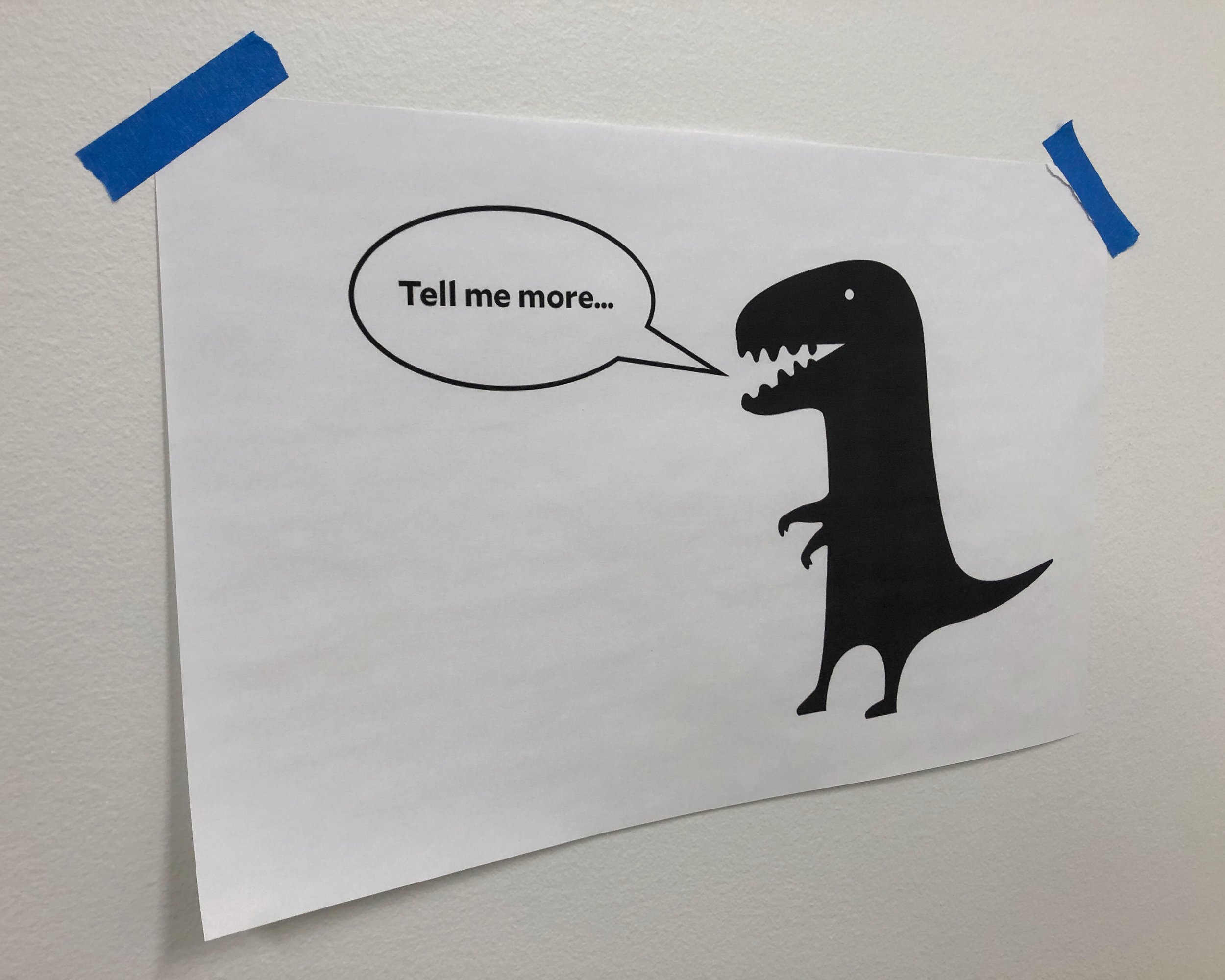When you follow the iterative testing process Krug and Nielson lay out research doesn’t need to be a high-budget, high-stakes thing. Multiple tests with a smaller number of participants will help make research a routine part of your design and development process and identify more insights for the same or even less cost.
With the right tools and equipment (discussed earlier), research costs should be lower and studies can be done anywhere; in your ‘Zoom Lab + Observation Room,’ with remote participants, or out in the field.
The iterative approach evangelized by Krug and Nielson should also reduce the anxiety of finding the ‘right’ research participants. Because testing is happening more frequently there should be less pressure compared to finding the perfect fifteen participants for a ‘big, all-or-nothing research study.’
When it comes to finding people to participate there are numerous creative ways to find them as well as industry tools specifically designed to supply you with research participants. I’ve had great success with Dscout, UserTesting, and Respondent, which are just some of the tools you can utilize.
With some creativity and persistence you can build a culture of informed decision making.
Obstacle #3: There isn’t enough time for research.
This may be the hardest obstacle to overcome and the one that doesn’t have clearly defined solutions. Creating a culture where research is prioritized is hard work but it can be done. I was fortunate to work on a team at Microsoft where design and development wanted to make decisions informed by research before too much time was devoted to design efforts or before elements went live.
Each organization is going to differ on how much they prioritize research and the techniques used to create more buy-in will differ from situation to situation but there are some tried-and-true methods worth noting.
Get People to Watch Research Sessions
While there may be some truth in the obstacle of time, I don’t believe people are lacking interest. So it is crucial you give them an opportunity to watch research happening. I’ve heard of and seen several tactics practiced that are effective.
Invite all your stakeholders to the research sessions. Set up calendar invites, make posters, send out all-company emails, personally invite them; just get them in the room. Steve Krug believes, “try to get [them] to at least drop by; they’ll often become fascinated and stay longer than they planned.”
Set up live viewings in common areas. Alaska Airlines broadcasted research sessions in one of their cafes and found it a great way to evangelize research efforts happening on their website and mobile app.
Make viewing interactive—this will keep observers engaged and can even help with analysis. Provide an observation worksheet or something like the Rainbow Spreadsheet to fill out or have them jot down observations related to key questions on sticky notes—perfect for affinity diagramming later. Their insights are valuable and can help with analysis and recommendations.
Again, with the right tools and equipment, your stakeholders and observers can watch live UX research via Zoom or even YouTube.
Once they’ve had the opportunity to observe participants experiencing frustration with an account verification code thought to be working perfectly or the joy of successfully using a voice command to activate an IOT device you’ll have them hooked.
Create Compelling/Interesting Research Deliverables
Research reports are often stereotyped as dry and boring but there’s no reason they have to be. The insights and findings uncovered in research can have profound impacts so do what you can to make engaging, interesting, and empathy-inducing deliverables.
I’m particularly fond of highlight reels. They are quickly viewed, can be easily shared, and can have a huge impact on those watching them. For a multi-part study focused on DIY soap makers I created this highlight reel of participants sharing how soap making has impacted their lives. The stories shared in this video helped to build excitement around the design and research work we were doing.







